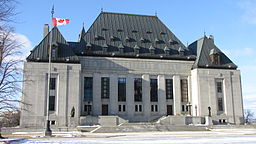 Archaeological Law in Canada
Archaeological Law in Canada
The law is clear. A suspected archaeological site must be reported.
The reason?
“The analysis of items left by previous generations, in the soil or underwater, is often the only way modern Canadians can understand how over 700 generations lived both before and after contact between Europeans and First Nations. Sometimes, items that would look insignificant to most people today actually contain clues which, to a trained archaeologist, are like an open book. In certain crucial respects, the soil of Canada is itself a kind of archive of our collective past.
- British Columbia: https://www.for.gov.bc.ca/archaeology/reporting_archaeological_artifact_finds/procedures_for_reporting_finds.htm
- Nova Scotia: https://cch.novascotia.ca/exploring-our-past/special-places/archaeology-permits-and-guidelines